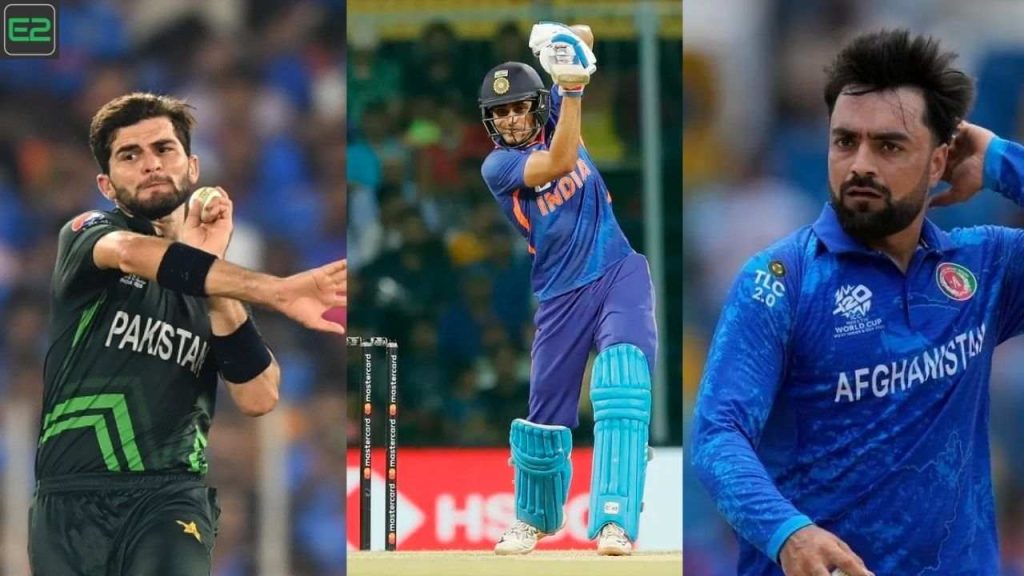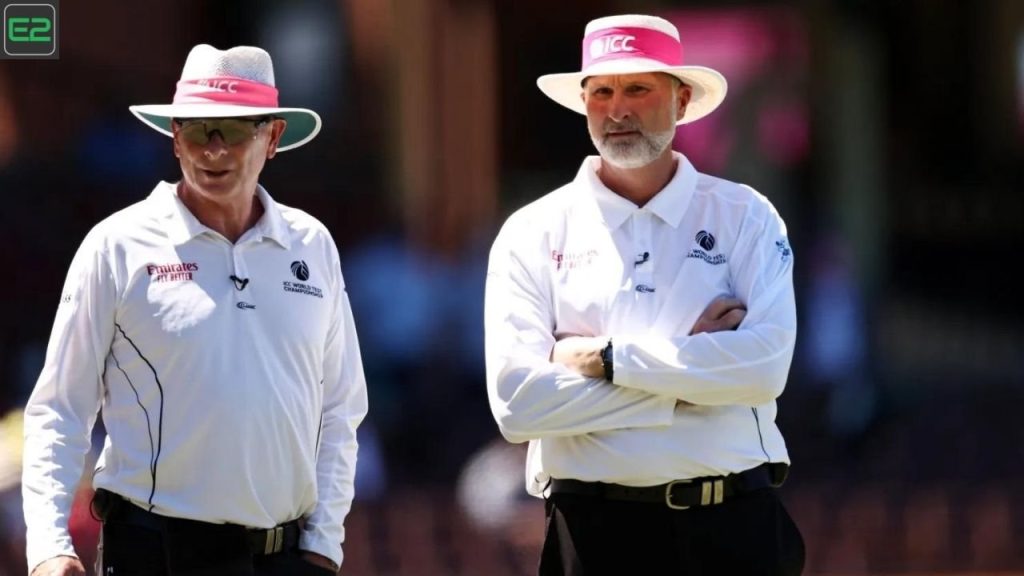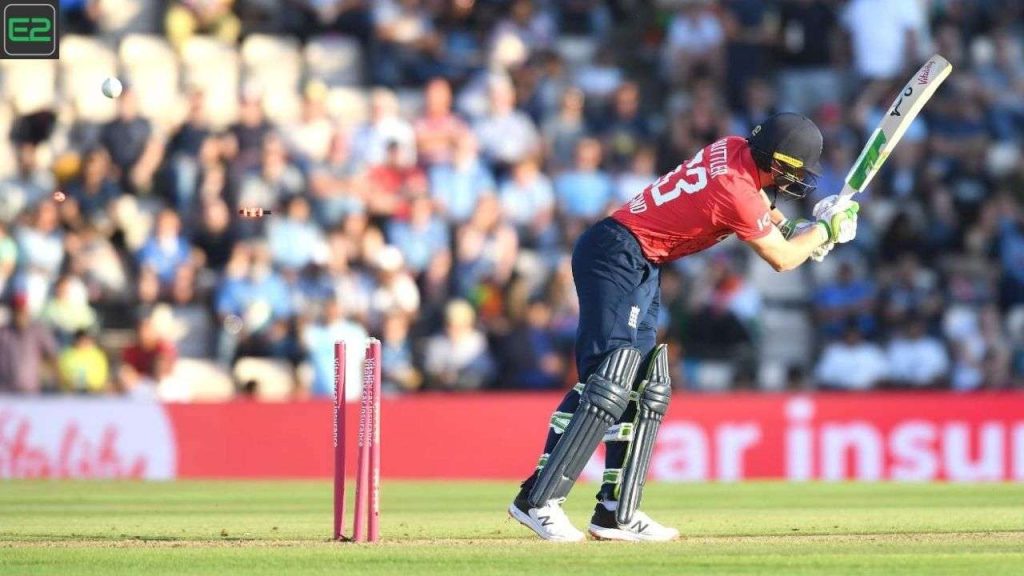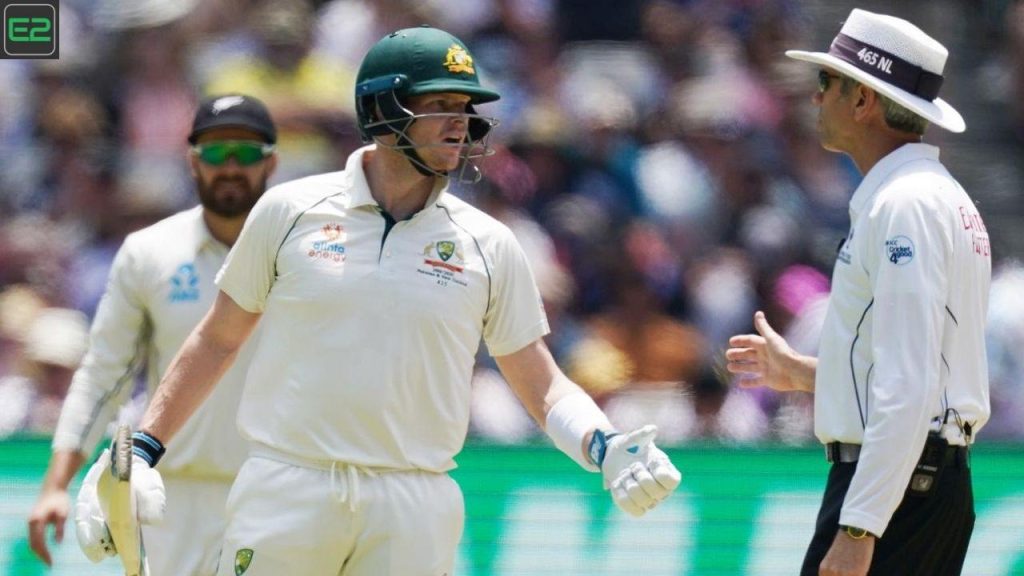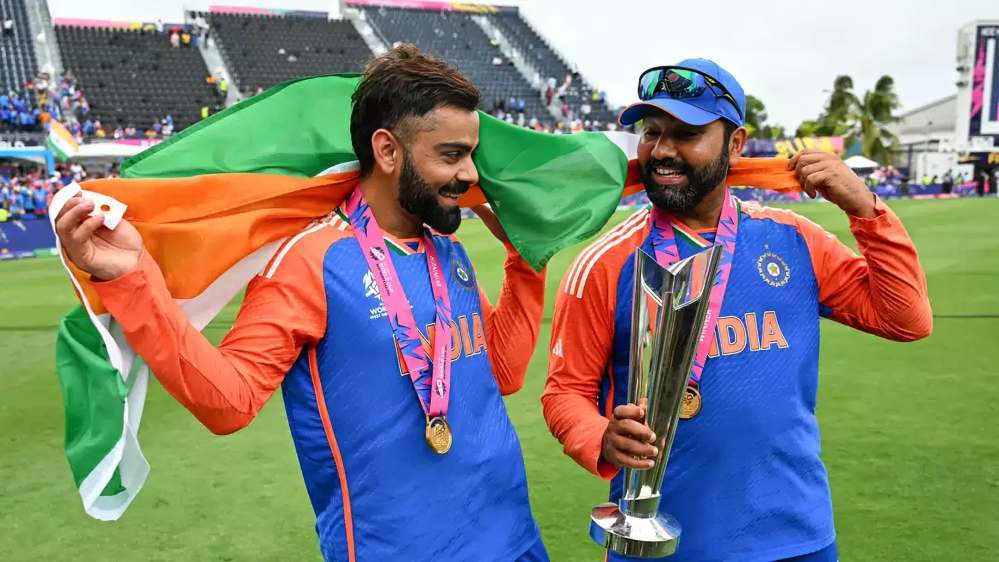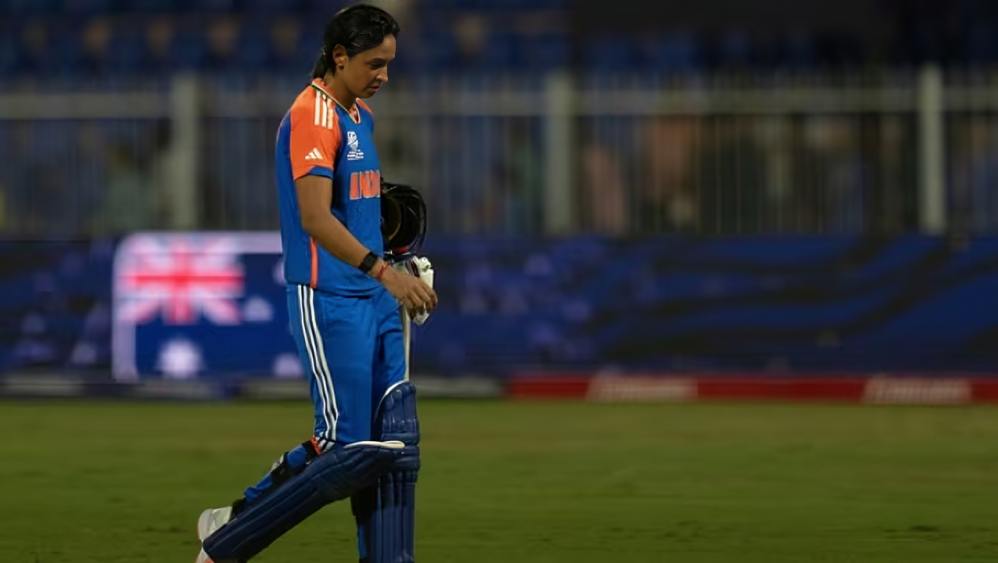In cricket, the bowler’s performance sometimes determines whether a game will be won or lost. A team can pursue a target or make it tough for an opponent to chase the target with the help of a good finisher. In cricket, finishing is extremely important for a variety of reasons. Both batsmen and bowlers can play a crucial role in this sport; however, a good bowler can often make a difference and make it tough for the batsman to score. Based on the pitch, the bowlers may get additional help from the pitch, making it challenging to score runs. Therefore, teams must carefully arrange their bowlers in innings to finish well.
When chasing a score and the result of the game is at risk, the pressure on the batting side is often high. This can result in batsmen fumbling when under pressure. Few batsmen can effectively handle such pressure effectively and complete an inning by winning a match. It requires a cool head and calm nerves. The best cricket finishers can frequently keep their composure under duress & score runs when it matters. However, no matter how the pitch is behaving or how well the batsmen are playing, one good ball is enough to get any batsman out. This gives the bowlers some edge over batsmen. But, for this, skilled bowlers are needed. In this article, we are discussing the top 10 such bowlers in the history of the world so far:
1 Muttiah Muralitharan
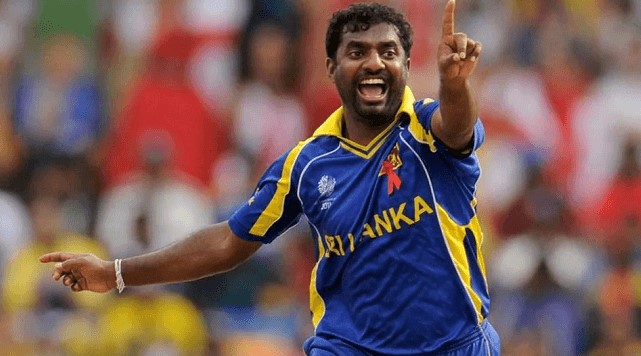
Muttiah Muralitharan is regarded as one of the greatest spin bowlers in cricket history. He is known for his unique and unorthodox bowling action, exceptional control, and ability to spin the ball both ways.
Muralitharan’s bowling action was a topic of much debate throughout his career. He bowled with a bent arm, which some opponents believed constituted throwing rather than bowling. However, he was warned by the International Cricket Council (ICC) in 1995, and his action was subsequently modified to comply with the game’s laws.
Muralitharan’s bowling style was characterized by his ability to generate a high turn and bounce from the pitch, even on unresponsive surfaces. He possessed a range of deliveries, including a well-disguised doosra, a ball that spins in the opposite direction to a conventional off-spinner. He was also known for his ability to vary the pace and trajectory of his deliveries, keeping batters guessing and constantly under pressure.
Muralitharan was particularly effective on turning wickets, where his accuracy and consistency made him a difficult proposition for even the most experienced batters. His bowling style relied on a mix of deception, skill, and guile, and he could extract maximum spin and bounce from any given surface.
In addition to his skill as a spinner, Muralitharan was also an excellent fielder, with a safe pair of hands and a strong arm. He was also a more than capable lower-order batsman, with few half-centuries in Test and One Day International cricket.
Despite facing numerous challenges throughout his career, including injury problems and throwing accusations, Muralitharan remained focused on his game and continued to evolve his playing style. He was a fierce competitor, and a master of craft whose contributions to Sri Lankan cricket will be remembered for generations.
2 Shane Warne

Shane Warne is one of the greatest cricketers of all time, known for his exceptional leg-spinner skills and remarkable ability to turn the ball sharply. Born on September 13, 1969, in Victoria, Australia, Warne debuted for the Australian cricket team in 1992 and quickly established himself as a force to be reckoned with in the cricket world. Throughout his illustrious career, Warne played in 145 Test matches and took a staggering 708 wickets, making him the second-highest wicket-taker in Test cricket history after Muralitharan. He also played in 194 One Day Internationals, taking 293 wickets.
Warne’s bowling was characterized by his unique approach, which included various variations, such as his famous flipper and googly deliveries. He was also renowned for his ability to read batters’ movements and deceive them with specific deliveries. His mastery of spin bowling made him a formidable opponent for any team and earned him the nickname “the King of Spin”.
Off the field, Warne was known for his flamboyant personality, which often led to controversy. He was involved in several scandals, including a highly publicized affair with a British model in 2000. However, his cricketing talent and success on the field ensured that he remained one of the most revered figures in the game.
Warne retired from international cricket in 2007 but continued to play domestic cricket until 2013. He has since become a prominent commentator and analyst of the game and is widely regarded as one of the most influential figures in the history of cricket.
Overall, Shane Warne’s legacy in cricket is undeniable. He revolutionized the art of spin bowling and inspired countless aspiring cricketers worldwide. His performances on the field and the impact he has had on the game have cemented his place in the world of cricket legends.
3 Glenn McGrath
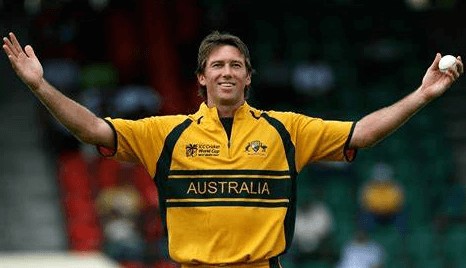
Australia’s former international cricket player Glenn Donald McGrath AM was born on February 9, 1970, and played for 14 years. He was a medium-fast bowler, and many consider him among the greatest international bowlers ever. He assisted Australia in establishing itself as the cricketing superpower from the middle of the 1990s to the late 2000s. McGrath was one of the most successful and effective fast bowlers of those days, and he was known for keeping an accurate line & length throughout his career.
No bowler has claimed more wickets at the lower average than him. He now holds the record for most wickets taken in a Cricket World Cup with 71, and he ranks sixth all-time in one-day international wickets (381). His one-day career concluded at the 2007 World Cup when he got the Man of the Tournamenthonor for his outstanding bowling, which was essential to Australia’s success. McGrath decided to stop playing Test cricket on December 23, 2006. His Test career ended after the fifth Ashes Test played on Sydney’s ground in January 2007. Later, McGrath participated in the Indian Premier League with the Delhi DareDevils, where he was one of the league’s most efficient bowlers during the first season. He didn’t play in the following year, and his contract was eventually bought out.
Dennis Lillee, who oversaw the MRF Pace Foundation at Chennai for 25 years as a director, was replaced by McGrath. He is currently the chairman of the McGrath Foundation, which he and his late first wife Jane started as a non-profit organization to support and educate people about breast cancer.
As one of the top fast bowlers in the world, McGrath has excelled in both Test and ODI cricket against every opponent team. Before a series, he used to purposefully (and publicly) single out the opposition’s greatest batters to divert them?a tactic that frequently succeeded.
When the Frank Worrell series began against the West Indies, he predicted in interviews conducted before the game that he would take Sherwin Campbell out for his 299th wicket and star batter Brian Lara out for his 300th wicket on the very next ball. This went according to plan, as he finished the legendary hat trick by benching the captain Jimmy Adams as his third wicket. His targeting of the opposition’s batters was often successful. On the other hand, this approach sometimes proved to be harsh approach for him as well as for the team. Once, he specifically targeted Michael Vaughan before the Ashes series in Australia in 2002-2003, and Vaughan went on to make three centuries at a rate of more than 60. Similarly, he once targeted Andrew Strauss, who made two centuries in the 2005 series in England.
4 Wasim Akram
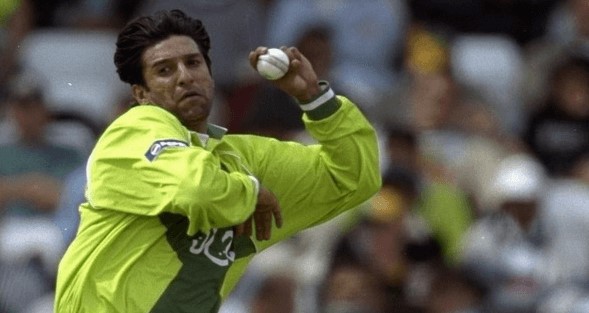
Wasim Akram is regarded as one of the greatest fast bowlers in cricket history. Born on June 3, 1966, in Lahore, Pakistan, Akram made his debut for the Pakistani cricket team in 1984 and quickly established himself as a formidable opponent for any team. Throughout his career, Akram played in 104 Test matches and took 414 wickets, making him the leading wicket-taker for Pakistan in Test cricket. He also played in 356 One Day Internationals, taking 502 wickets, which was a world record at the time of his retirement.
Akram’s bowling was characterized by his impressive speed and ability to generate reverse swing, a technique he helped pioneer. He was also renowned for his mastery of swing and seam bowling, which made him a potent threat to batsmen in all conditions. His impressive skillset earned him the nickname “the Sultan of Swing”.
In addition to his bowling abilities, Akram was also a capable lower-order batsman and a skilled fielder. He played a crucial role in many of Pakistan’s most memorable victories, including a victory in the 1992 Cricket World Cup.
Akram was known for his charismatic personality and dedication to the game off the field. He retired from international cricket in 2003 but continued to be involved in the game as a coach and commentator. He has since become a respected voice in the cricketing world and is widely regarded as a role model for aspiring cricketers.
Overall, Wasim Akram’s legacy in cricket is undeniable. His mastery of swing and seam bowling, impressive speed, and contribution to Pakistan’s cricketing success have cemented his place in the pantheon of cricketing greats. He is remembered as one of the most talented and influential players in the sport’s history.
5 Brett Lee
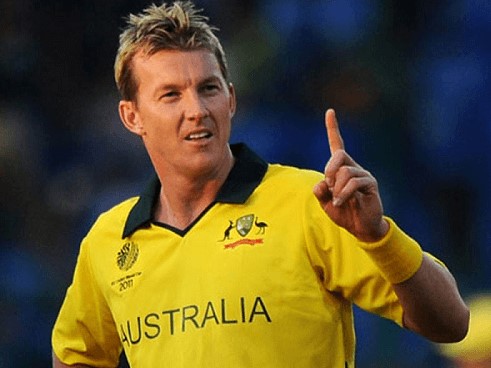
Brett Lee, an Australian former cricketer who competed in all three game formats, was born on November 8, 1976. During his international career, Lee was known as one of the fastest bowlers in the world. In his first two years, Lee handed up less than 20 runs for each wicket he took, but later on, he attained stats in the low 30s. He had a batting average of over 20 in Test cricket and was a useful lower-order batsman and an athletic fielder.
Lee was a member of the Australian team that won the 2003 World Cup. He played in his debut Test match in 1999, and on July 12, 2012, he declared his retirement from international cricket. He then refused to extend his deal with the New South Wales squad from his home state, but he continued to play Twenty20 matches for just several seasons after that, particularly in the Indian Premier League (IPL) and or Big Bash League (BBL).
Lee was well recognized for his brisk pace, frequently clocking in at 140 km/h (87 mph). Only the Pakistani bowler Shoaib Akhtar, who holds the record for the fastest bowling speed in history (161.3 km/h; 100.2 mph), is faster than him. He was compelled to change his approach, which he did successfully, due to the pressure of constantly bowling above 150 km/h (93 mph), which led to a succession of stress fractures & reoccurring ailments. Although he was known to bowl full periods at speeds beyond 150 km/h (93 mph), he typically utilized a variety of deliveries to wear down the batters.
6 Shoaib Akhtar
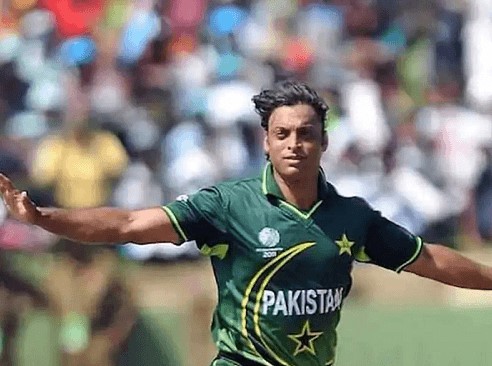
Shoaib Akhtar was born in Pakistan on August 13, 1975. He was a professional cricket player before becoming a commentator. As the first bowler to record a 100-mph bowl, he was called the “Rawalpindi Express”, and he did this twice in his career.
In November 1997, Akhtar debuted as a fast bowler in a Test match. His first One Day International appearance was three months later after his test debut. He has been the subject of many controversies throughout his career and was often accused of anti-sporting activities. Akhtar was expelled from an Australian Test match series for a bad attitude a year after being barred for taking the performance-enhancing substance nandrolone. But, after he filed an appeal, the prohibition was overturned.
Akhtar was again selected for the 15-man squad for Twenty20 Quadrangular Competition in Canada after the Lahore High Court suspended the ban in October 2008. When Akhtar publicly criticized the Pakistan Cricket Board in 2008, he was given a five-year suspension. After the 2011 World Cup, Akhtar announced his retirement from international cricket. After retiring, he launched a career on YouTube by creating his channel, providing match recaps and cricket news for Pakistan.
7 Dale Steyn
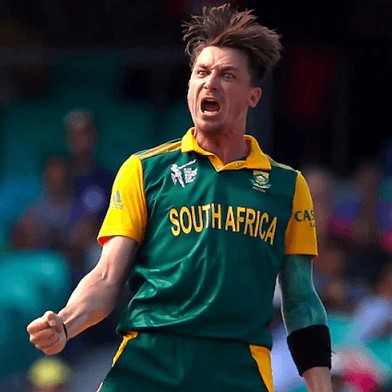
Steyn was born in 1983 in the South African settlement of Phalaborwa, just outside of the Kruger National Park. His lineage originated in Zimbabwe. Steyn made his first-class debut for Northern on October 17, 2003. He only participated in two first-class games in the first season and had little influence. After outstanding performances at the start of the 2004-2005 year, he was selected for the South Africa International Test squad to face England. Despite failing to impress in his opening three Tests, he returned to play for the Titans, the northernmost top-level cricket franchise in South Africa.
In May and June 2005, Steyn traveled to England to play for Essex County Cricket Club. He participated in seven games. He took 14 wickets at an average of 59.85 in his first game of the County Championship, although he didn’t have much impact. Steyn re-joined domestic cricket in South Africa after working with world-renowned bowling instructor Ian Pont at Essex. He earned a return to the Test team to play against New Zealand thanks to his outstanding bowling for the Titans in the 2005-2006 season.
To secure a spot in the South Africa Test team, Steyn took advantage of the situation. He has thus played very little domestic cricket in South Africa as a regular national squad member, making one more appearance for Titans in three SuperSport Series matches. He returned to England and played for Warwickshire during the first half of the 2007 English season. He had better results this time, averaging 25.86 in seven games while bowling in the Champions Trophy. He performed admirably in the 50-over Friends Provident Trophy, finishing as Warwickshire’s top wicket-taker. Since then, he has established himself as a regular fast bowler for the South African One-day international team.
Steyn is a brash, genuine fast bowler with a top speed of more than 150 km/h. In the 2010 Indian Premier League, he bowled with a top pace of 156.7 km/h (97.3 mph) while representing Royal Challengers Bangalore vs. Kolkata Knight Riders. Because of his ability to produce a lot of swings, he was frequently selected to bowl with the new ball to make the most of his qualities. He typically bowled at an average speed of 140 to 150 km/h. He also showed off his ability to reverse swing the older ball. Cricketer Steyn was a tremendously competitive individual who frequently celebrated after taking a wicket. He retired from all formats of cricket in 2021.
8 Mitchell Starc
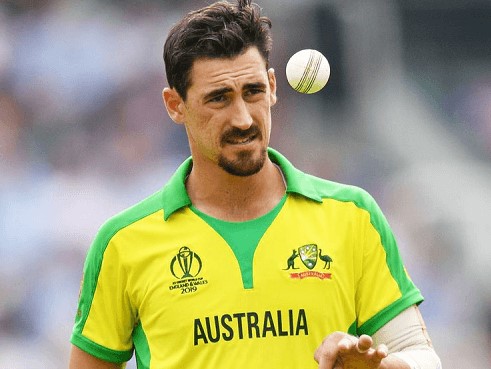
Mitchell Aaron Starc, an Australian cricketer who competes for New South Wales and the national squad of his country, was born on January 30, 1990. He is an Australian left-arm fast bowler and left-handed batsman who usually plays in the middle order. He competes for Australia in all the major international cricket tournaments: Test cricket, ODI, & Twenty20 Internationals. He is now regarded as one of the greatest bowlers of all time. In 2015, he had the highest rating among ODI bowlers.
Despite being plagued by chronic ailments in his early years, Starc returned to international cricket in 2010. He became well-known on a global scale by playing an important role in the Australian team that won the 2015 Cricket World Cup. Due to his steady performance throughout the competition, he was chosen as the Tournament’s Player of the Year. The fastest delivery ever bowled in a Test match was recorded by Starc, who is also known for his ability to bowl fast and generate reverse swing from his bowling. His quickest ball was recorded at over 160.4 km/h. He has taken the seventh-most wickets for Australia in Test match cricket since December 2022.
9 Jasprit Bumrah
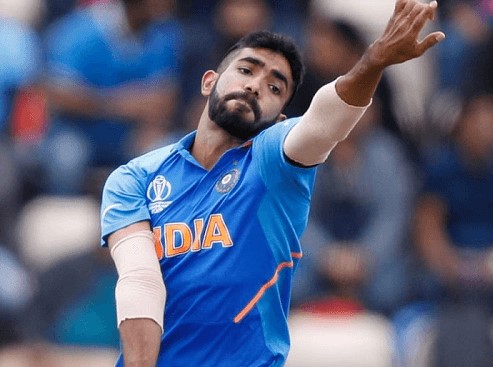
Jasprit Jasbirsingh Bumrah, an Indian cricketer who competes internationally and for his country in all game formats, was born on December 6, 1993. He participates in the Indian Premier League and first-class cricket for the Gujarat cricket team & Mumbai Indians, respectively. He bowls fast with his right arm.
Bumrah rose to fame because of his unusual movement and over-extended elbows. He makes a brief run-up, the first few steps stuttering, little steps. It is challenging for the batters to read his bowling because of his peculiar, stiff-armed action, high rate of production, and peculiar point of release. He frequently plays a crucial role in death overs for the Indian squad. He frequently throws Yorkers and short balls outside the off stump.
A lot of weight is placed on Bumrah’s back by his unconventional, front-on-slinging bowling motion. This has been troubling his back, which has made it difficult for him to represent India in recent times without a break. Due to his unconventional bowling motion, professionals are often concerned about the potential injury risk.
He has very little run-up, which causes his back to be under a lot of pressure as he lands, increasing the likelihood of sustaining an injury. According to former international bowler Shoaib Akhtar, Bumrah’s bowling action, which is front-on and causes bowlers to produce pace from their shoulders and backs, increases the risk of injury.Bumrah, one of the quickest Indian bowlers during the 2018 India Tour of Australia, outperformed Mitchell Starc and Pat Cummins with an average bowling speed of 142 km/h and a high speed of 153 km/h in the opening Test at the Adelaide Oval.
10 Lasith Malinga
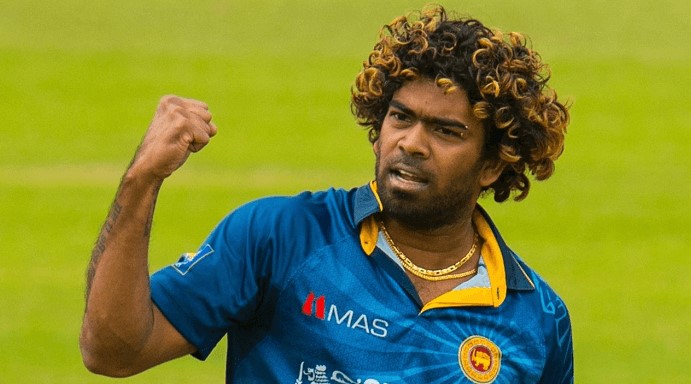
Separamadu Lasith Malinga, better known by his stage name “Slinga Malinga”, was born in Sri Lanka on August 28, 1983. He used to play cricket and is regarded as one of the greatest limited-overs bowlers in history. Malinga, who helped Sri Lanka win the 2014 T20 World Cup, is famous as the first bowler to take four wickets in four balls twice in international cricket.
Right-handed fast bowler Malinga was frequently used as a specialty death bowler.
He is well recognized for his peculiar round-arm motion, which is occasionally characterized as a sling action and gives rise to the nickname he already received. On September 14, 2021, Malinga announced his retirement from all forms of cricket.
Many people attribute Malinga’s success to his unconventional bowling style and his dipping slower ball Yorkers. His toe-crushing Yorkers, often used in limited-overs cricket, altered the dynamics and environment of death bowling. He is best recognized for his ability to bowl successive wickets with in-swinging Yorkers. He is the first bowler in history to take a double hat-trick, the only bowler to take three hat-tricks in ODIs, and the only bowling attack to take three hat-tricks in World Cups. In terms of hat tricks in international cricket, he holds the record. He created history by becoming the first bowler to record five hat-tricks across all versions of the game.
According to the International Cricket Council, he is now the official World Twenty20 Championships event ambassador. Malinga achieved a milestone in Twenty20 international cricket by taking 100 wickets in September 2019 while playing a series against New Zealand. In the third over of his spell, Malinga claimed history by becoming the first bowler to claim two T20I hat-tricks and four wickets in four balls, moving Rashid Khan into second place in the list for most consecutive four-wicket hauls in T20I history.



